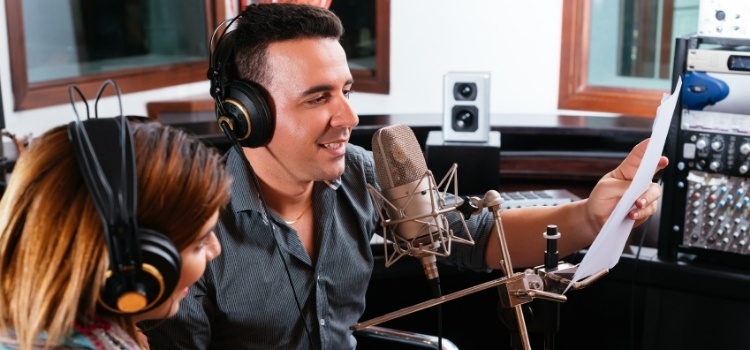
The ear is too often neglected.
The eyes are frequently described as “beautiful,” even “mesmerizing.” Lips are full and vibrant. Noses are as cute as buttons (because, clearly, buttons are adorable). Even cheeks are praised for their sharp angles and rosy appearance.
But what about the ear?
The majority of people will spend countless hours gazing into a mirror at their facial features in order to make sure they are prominent enough for others to take notice. But the ear? Well, we can’t see it. It’s hidden underneath a mane of hair.
Let me ask: When is the last time your ear received a compliment? Been a while? Maybe, never?
Well, today, I’m here to tell you that your ear is a champion. He’s no benchwarmer. Given the choice of all the facial features, I’m picking the ear first in gym class. Let me explain.
Did you know that your mind works by ear? That means that you are much more likely to remember what you hear versus what you see.
Think about it: How did you learn your ABC’s? You weren’t shown a colorful picture of the alphabet in all its glory. You heard a song. You learned that song. BAM! Pretty soon, you could perfectly recite that list of letters at a young age. All thanks to those beauties on the sides of your head.
To further highlight the champion-like qualities of the ear, you must understand that there are two types of memory. First, there’s iconic memory. This stores all of the visual images that your eyes capture each day. About a second after an image is registered, it fades. The second type, echoic memory, isn’t as forgetful. This memory stores the sounds that your ears hear and takes approximately four to five seconds to fade. Therefore, auditory information lasts longer in your mind than visual information. (Taken from “The New Positioning,” Jack Trout)
Something else to consider: You see what you hear. Your ear jumpstarts the ultimate screenwriting process. After hearing one word, your mind immediately goes to work creating that mental image from scratch. There is so much interpretation left up to your mind when your ears take in sound. You will most likely associate whatever you’re hearing with your own positive mental picture. On the contrary, when a word is already paired with a visual image, your mind will automatically associate that very specific image with that word. What if you don’t like what you’re being shown? It’s like stealing the creative thunder from yourself. Let your own ear/mind combo be the real director of this mental movie.
So, how does all of this translate into advertising and marketing?
The ear should be given top priority. Words and sounds should fully carry the message you’re trying to convey. Slogans, jingles, and selling messages should give the listener a platform to create their own positive feelings toward your brand. The ear's strengths mean that businesses should take radio advertising very seriously.
